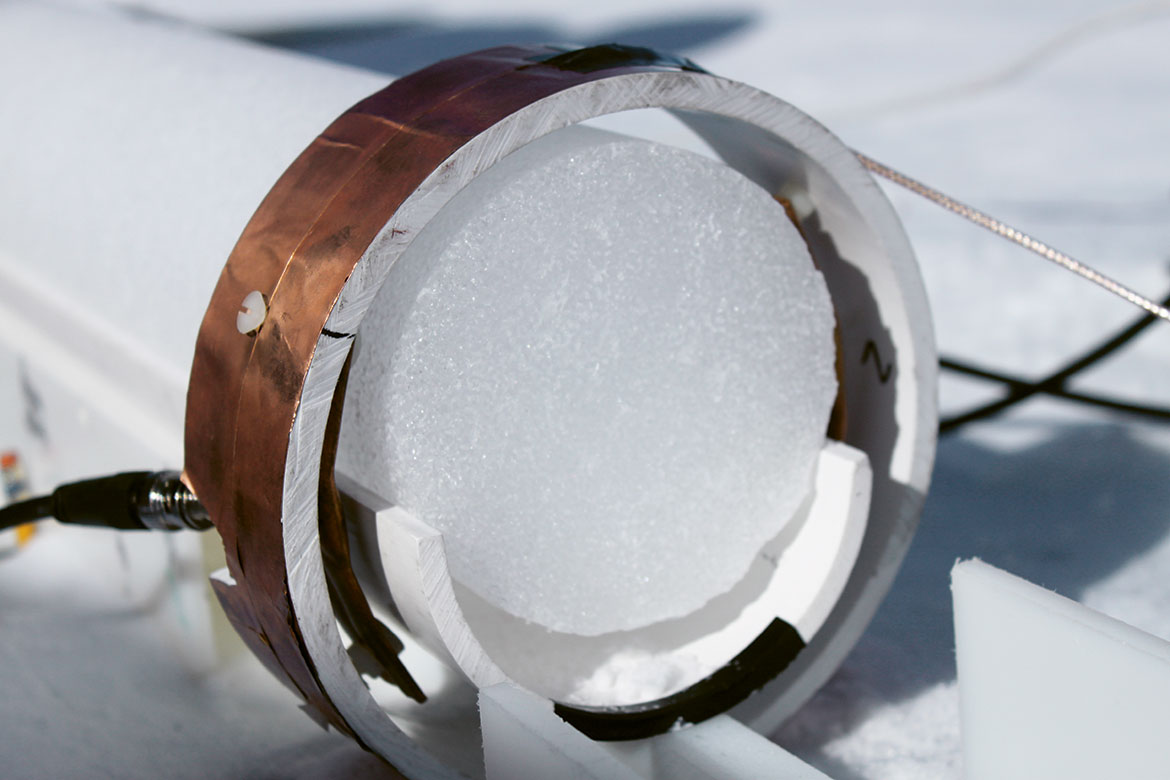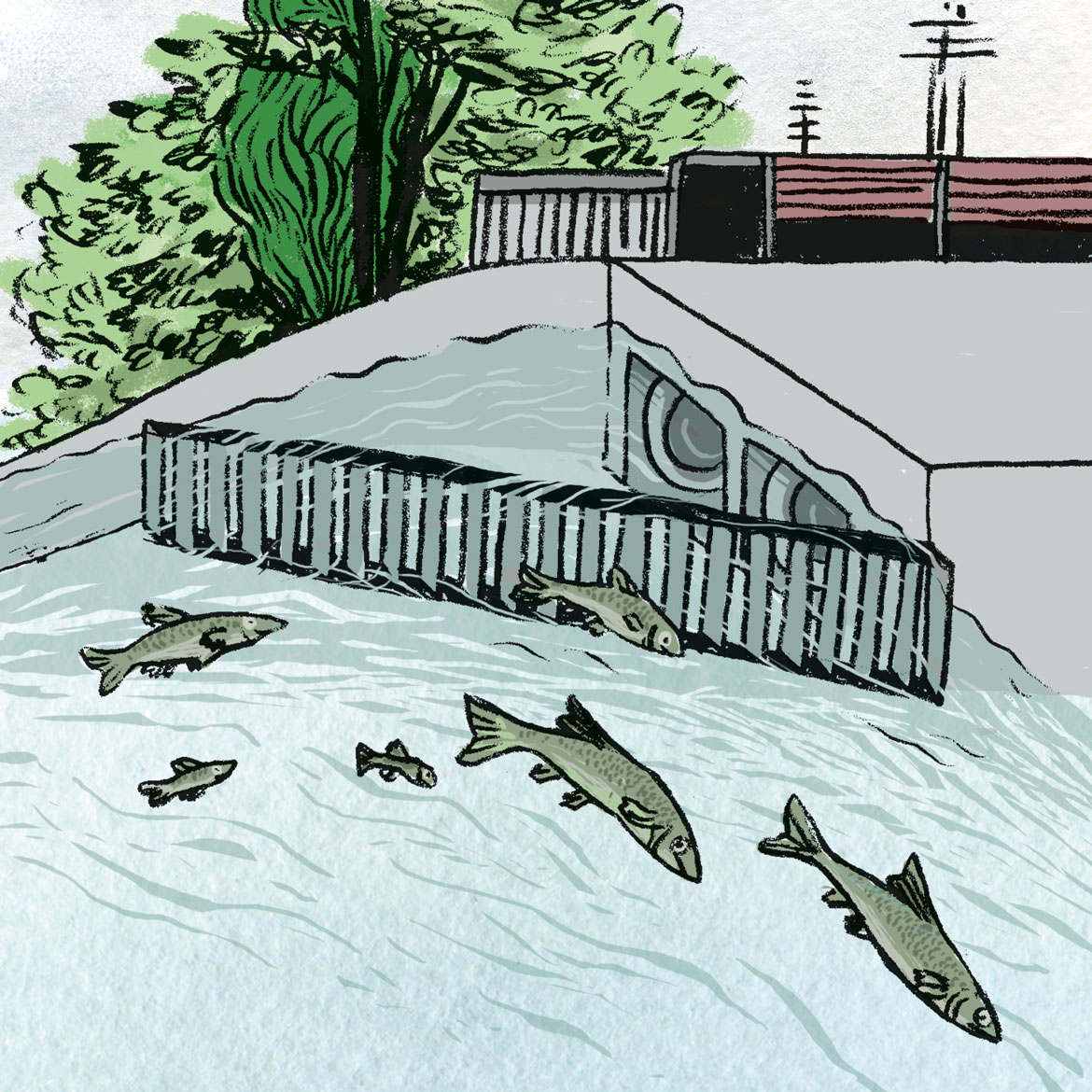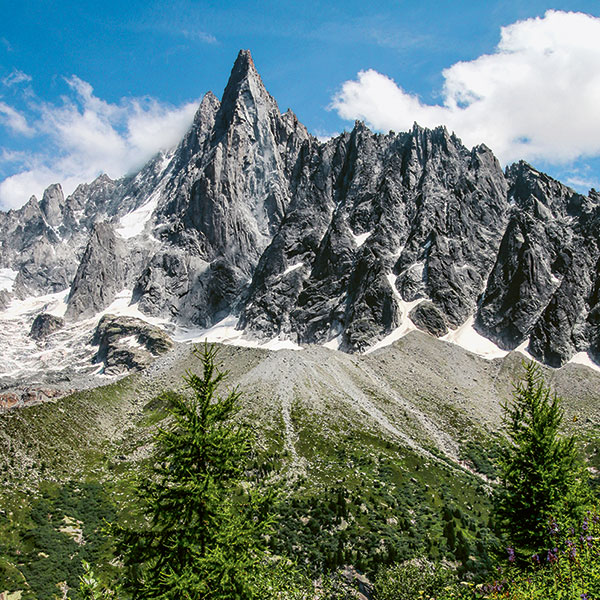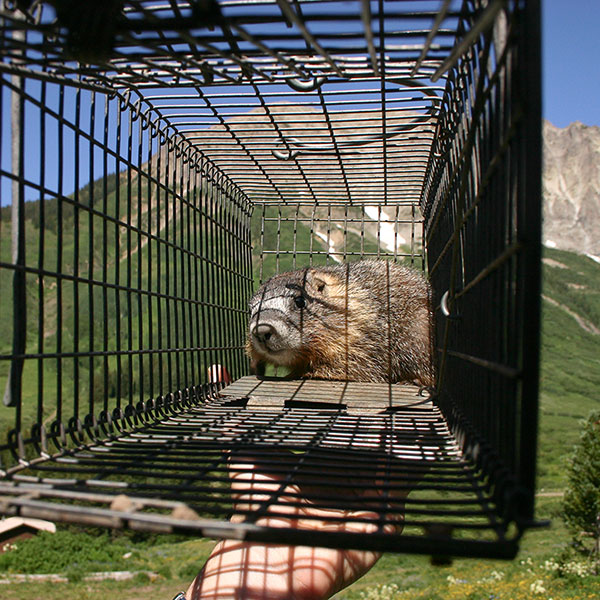The retreat of glaciers in the 19th century was not chiefly human-made
The glacier retreat observed in the 19th century was 80 percent complete prior to the massive spike in soot emissions that came with industrialisation.

Analysing soot particles from ice cores has become more precise. | Michael Sigl
The retreat of Alpine glaciers in the 19th century has been a strong symbol of global warming. It was not, however, entirely human activity that was responsible for it, according to research conducted by Michael Sigl, a climatologist at the Paul Scherrer Institute in Villigen (AG). “Our analysis shows that the amount of coal soot emitted into the atmosphere as a result of industrialisation did not increase until after 1875”, he says. “By then, the glaciers had already shrunk by 80 percent of the overall length that would be lost over the century”.
These new results were made possible by a combination of measurements of glacial tongues and of emissions of coal soot and other particles of industrial pollution. “We analysed Alpine ice cores covering a period from 1741 to 2015”, Sigl says. “Never before have the measurements been so detailed, and they demonstrate the inaccuracy of the results of previous studies (which link carbon emissions to glacier retreat as early as 1860)”.
The obvious question now is to ask what caused the retreat of European glaciers in the 19th century, if it was not just human activity. “The period from 1800 to 1850 was characterised by a cold climate in Europe”, says Sigl. “This was due in part to strong volcanic eruptions. Glacial tongues therefore grew to more than their ‘natural’ length under those conditions. They simply returned to their normal size between 1860 and 1875”. Sigl is adamant about one thing, however; since 1875 human activity has clearly contributed to the retreat of glaciers. “This study reveals the complexity of climate phenomena. Even though they are disturbed by humans, they are still also influenced by natural factors”.




